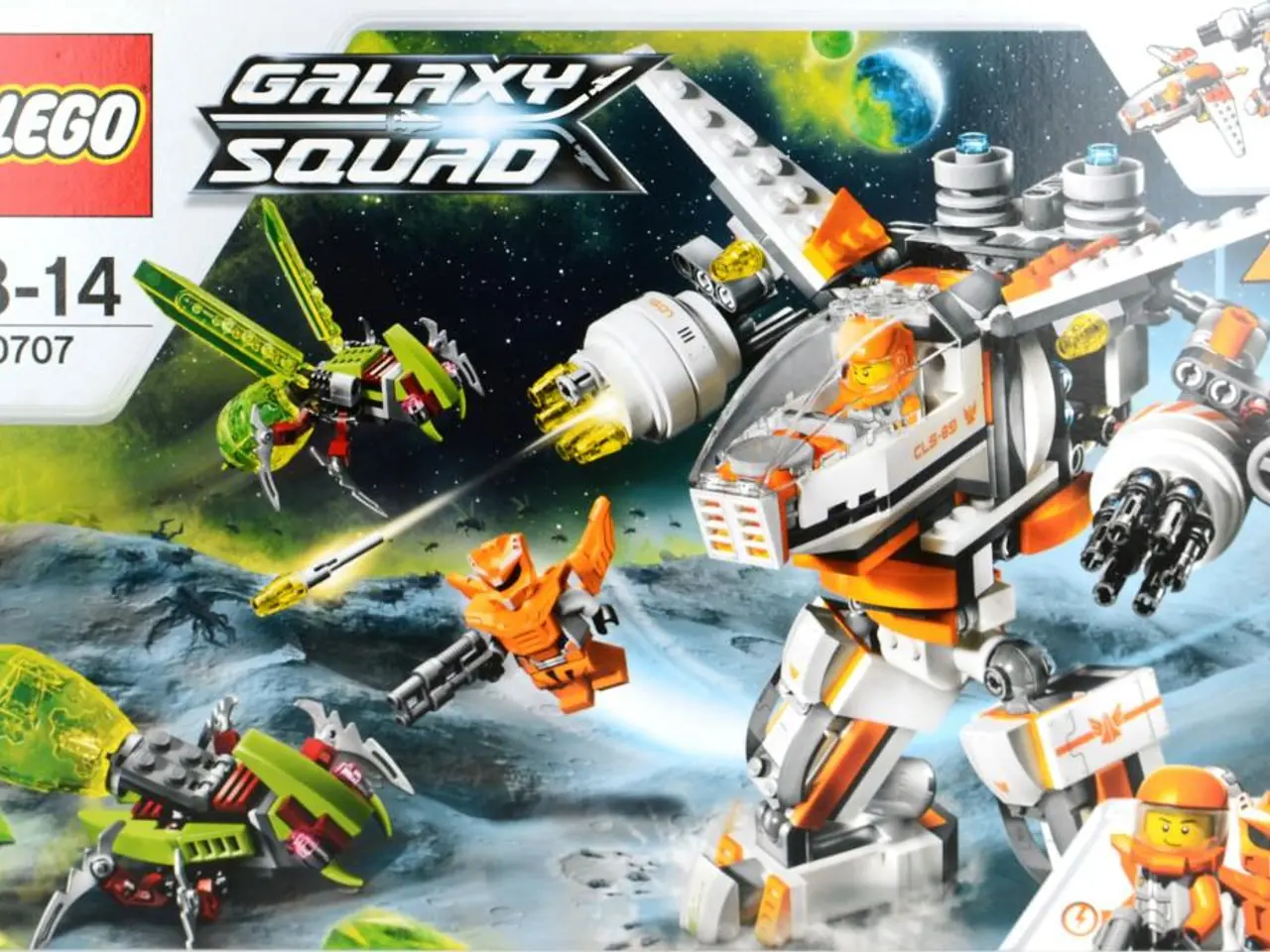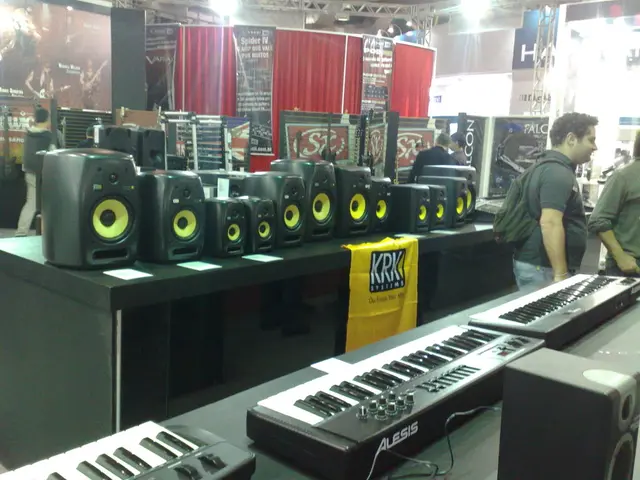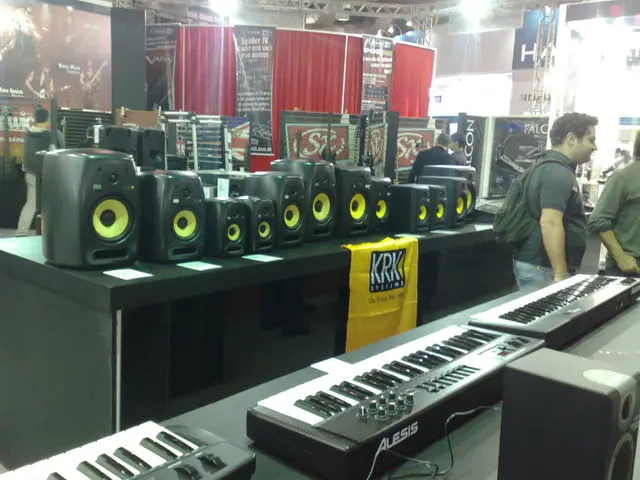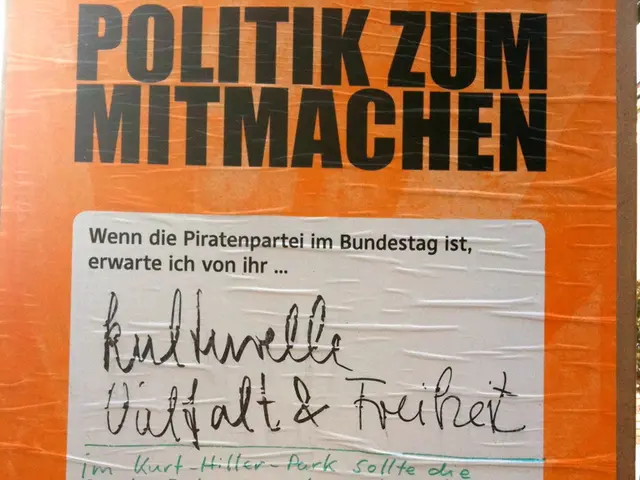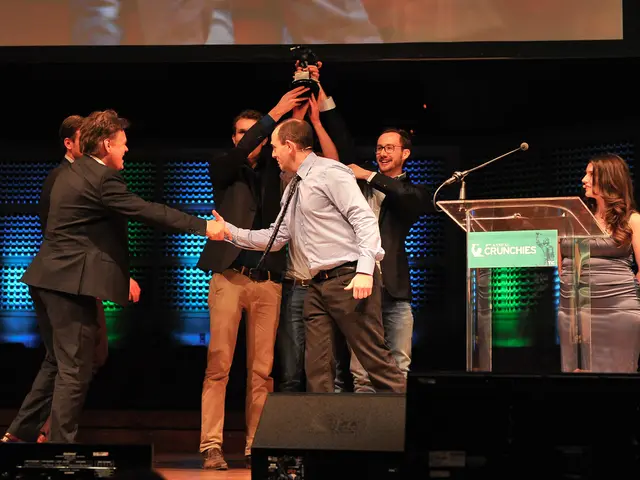The central role of blockchain in the success of IoT and AI technologies
In the rapidly evolving digital landscape, the convergence of Blockchain, Internet of Things (IoT), and Artificial Intelligence (AI) is redefining the horizon of digital transformation. This intersection holds the potential to transform industries and economies by 2030.
Central Bank Digital Currencies (CBDCs) are gaining traction, enabling the implementation of macroeconomic policies within the blockchain ecosystem. This development is paving the way for enterprises to adopt blockchain in their transaction processes, with tokenised bank deposits bridging the gap between traditional banking and blockchain-based systems.
The integration of finance into IoT devices is predicted to reach $530 billion by 2030. Meanwhile, digital wallets are projected to grow from 4 billion today to 5.6 billion by 2030, bridging the gap between technology and adoption in digital infrastructure. Blockchain-enabled wallets support account abstraction and integration with tools like WalletConnect, making blockchain more accessible for enterprises and consumers.
AI systems require massive amounts of high-quality data to function effectively, with IoT devices set to play an important part in this transition. By 2030, the number of IoT devices is expected to reach 30 billion, providing a foundation for AI systems to deliver intelligent insights.
The intersection of these technologies is also revolutionising the energy sector. Vehicles connected to smart grids can sell energy during peak times or charge during off-peak hours. By linking EV chargers and vehicles to blockchain, peer-to-peer transactions can be enabled. Blockchain and IoT are creating new possibilities for autonomous energy management and sustainability.
AI robots are transforming industries such as manufacturing and healthcare by adding physicality to virtual interactions. On the other hand, AI-enabled smart glasses are changing user interactions with immersive content, with AR glasses expected to complement, rather than replace, smartphones by 2030.
David Palmer, Chief Product Officer and Co-founder at Pairpoint by Vodafone, discusses the role of blockchain, IoT, and AI in shaping the future. Palmer, with his background in networking technology, moderates webinars and presents content on video. Muhammad Zulhusni, a tech journalist with expertise in cloud computing, cybersecurity, and disruptive technology in the enterprise industry, also sheds light on this transformative intersection.
In the realm of transportation, vehicles equipped with blockchain-linked SIM cards can handle a wide range of secure and autonomous transactions. By linking these vehicles to smart grids, they can participate in the energy market, selling or purchasing energy as needed.
The convergence of blockchain, IoT, and AI forms a new digital operating system, addressing concerns about the security and authenticity of data exchange. Blockchain's ability to provide verified digital identities and cryptographic signing mechanisms ensures secure transactions, bridging the trust gap in the digital economy.
This new digital operating system is set to transform industries, from finance and energy to transportation and healthcare, by 2030. As we move towards this future, it's clear that the intersection of blockchain, IoT, and AI will play a crucial role in the ongoing digital transformation.
